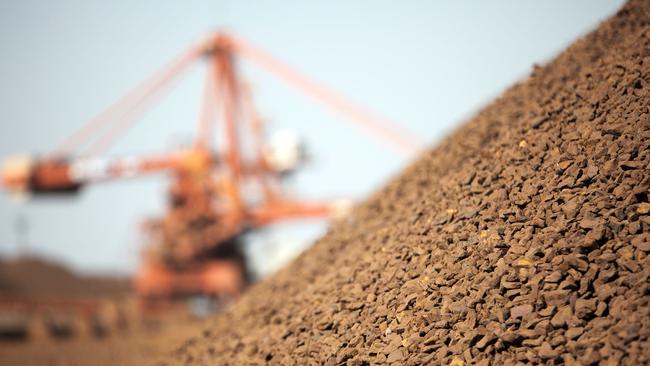
I’d never thought I’d hail a 1.9 per cent slump in quarterly GDP as good news, but good news it most certainly was. Further, it was only the warm-up to a real surge underway in this current December quarter.
GDP will leap by at least 4 percent in this quarter, as the biggest ever November-December retail spending binge we’ve ever seen plays out.
Over the whole year GDP will have grown by something over 5 per cent, rendering the brutal lockdowns in Victoria and NSW through August to October fading memories. Fading, up to a point, I should add, especially for Victorians.
Incredibly, we are likely to finish the year with an – and for the first time in nearly two years, it’ll be a real number – official jobless rate of less than 5 per cent; serious labour shortages spreading out from the hospitality sector; and the first significant wage rises in more than half-a decade.
Oh yes, and inflation having already popped above the top of the Reserve Bank’s 2-3 per cent target range, staying there.
Last year when the entire Australian economy was locked down for the June quarter, GDP plunged by 6.8 per cent (slightly adjusted in the latest data from the 7 per cent fall originally reported).
In this September quarter, with NSW and Victoria – adding to nearly 60 per cent of the national economy – locked down for most of it, GDP looked like it would fall by 3-4 per cent.
The actual fall was 1.9 per cent; it ‘would have been’ 2.9 per cent but for a big contribution from ‘net exports’. So, yes, that was better than expected but not quite as spectacular as the raw numbers suggested.
Again yes, we saw an export surge, thanks to China buying our iron ore and everybody else but China buying our coal. That’s, at least officially; if we could DNA coal, I’d say there was Aussie coal still going into Chinese power stations.
But an even bigger contribution to GDP came from falling imports: not because we wanted to buy less of all that ‘stuff’ mostly from China, but we just couldn’t get it here, because of the Covid-caused global supply chain disruption.
That puts a statistical query over what GDP does in this December quarter (and indeed into 2022 as well).
We know consumers are intent on a spending binge right now. They’ve got plenty of cash: the GDP data showed household savings leapt to 19.8 per cent of household income.
So if the ‘stuff’ actually manages to get here to satisfy the demand, we could see surging imports reducing the December quarter GDP number – in effect unwinding the extra contribution statistically made by imports in the September quarter.
That statistical game-playing aside, in reality the economy is surging back very strongly. Consumer spending is leading the way, but business is primed for an investment surge through 2022.
A big question mark is what happens with immigration: when does it restart, what are the numbers; how skills-focussed will it be?
Inevitably we will see interest rate hikes coming much, much sooner – certainly than the RBA’s been saying.
Covid and even more what Governments do, obviously permitting.
Fed head Jerome Powell has also done a 180.
Secure in his re-appointment, he’s either finally woken up to his responsibility or grown a pair and is now talking possible rate hikes and a faster taper of the Fed’s money printing.
I’ll believe it when I see it; and even more whether he sticks to it after Wall St panics when and if he did make the first move.




Merry Christmas from China via the Australian Bureau of Statistics in Canberra: Omicron permitting, we’ll get back to you on the Happy New Year bit.